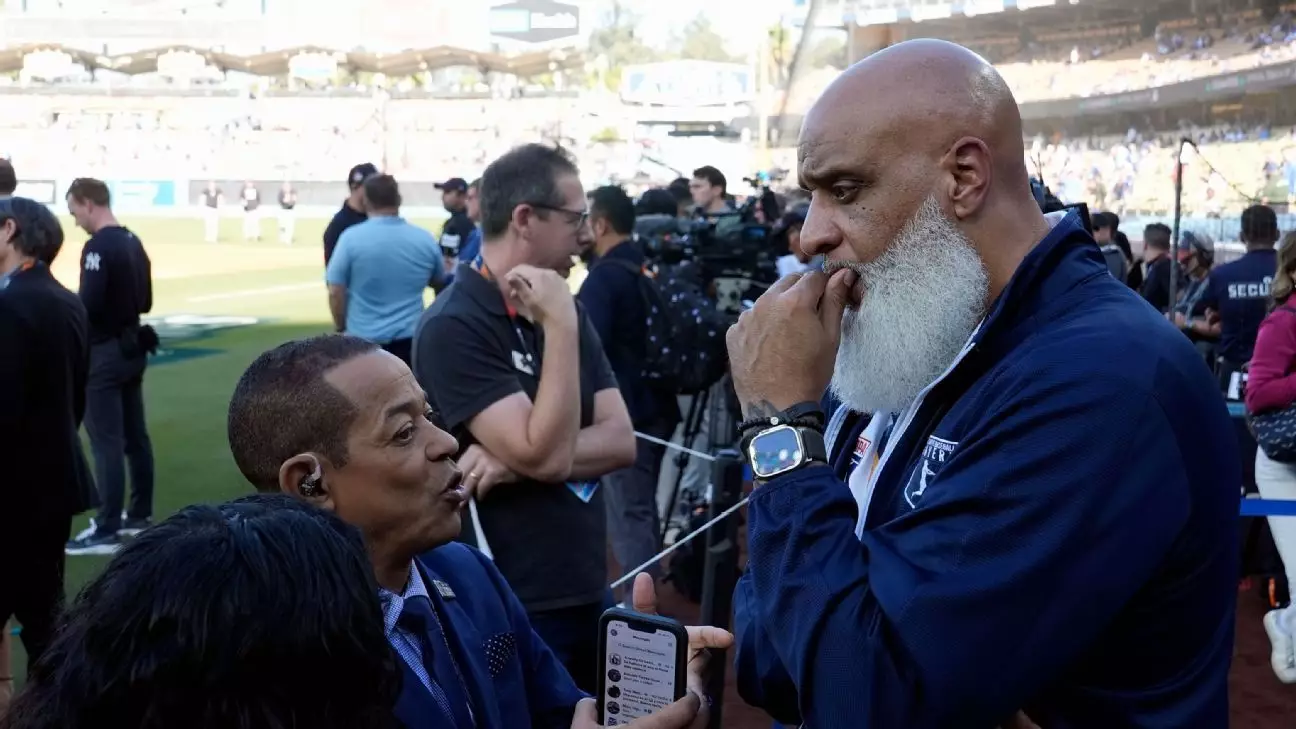As the dynamics of Major League Baseball (MLB) evolve, discussions around the management and usage of pitchers have intensified, prompting serious attention from stakeholders across the league. Tony Clark, the executive director of the Major League Baseball Players Association (MLBPA), recently voiced significant concerns regarding the current strategies employed by teams, particularly regarding how pitchers are managed during games. His commentary highlights larger issues intertwined with performance, health, and long-term sustainability within professional baseball.
At the core of Clark’s analysis is a dramatic shift in how pitchers—both starters and relievers—are utilized on the field. Traditionally, pitchers were expected to go deep into games, often aiming for quality starts that extended into the sixth or seventh innings. Nowadays, with the advent of advanced metrics and an increased emphasis on maximizing performance, players are frequently seen being pushed to their limits—utilizing maximum effort for short bursts before being replaced. This strategy, however, has led to a worrying rise in injuries, notably shoulder and elbow problems, with many players facing Tommy John surgery stints that cut into their careers.
Clark’s argument emphasizes a fundamental disconnect between player training methods and organizational values. As teams pivoted from valuing endurance and longevity to prioritizing short-term outcomes, pitchers found themselves adapting to these new expectations—often at the expense of their well-being. The data backs this assertion, revealing that the increase in strikeout rates and pitching velocity, often celebrated as signs of progress, come with considerable physical risks that haunt pitchers in various stages of their careers.
A critical aspect of Clark’s concerns is the influence of team management on pitchers’ practices. He notes that players are inherently geared to perform as directed by their teams. If organizations endorse a culture of overexertion rather than nurturing sustainable pitching practices, players will comply, driven by the desire to meet expectations and retain their positions. The implications of this shift are profound; without a concerted effort and responsibility from team executives, the likelihood of persisting injury crises remains high.
Historically, the value proposition for athletes centered on a demonstration of stamina and skill, but the evolving narrative has reframed success around immediate results. As long as decision-makers prioritize maximizing every game opportunity, the well-being of their pitchers remains jeopardized. Until a paradigm shift occurs within team philosophies—where the focus returns to the long-term health and productivity of players—injuries will continue to plague the league.
Beyond the immediate discourse on pitcher use, Clark also touches on the broader responsibilities teams have in providing safe playing environments. A recent move to include a grass field at the A’s stadium in Sacramento marks a welcome step toward providing safer venues for players, especially during heat waves in the summer months. Such a forward-thinking approach could mitigate injury risks, particularly in extreme weather conditions.
Moreover, the uncertainty surrounding the conditions of Tropicana Field due to natural disasters raises pressing concerns that need addressing. For the Tampa Bay Rays, the possibility of a compromised field for their games necessitates prompt action to ensure the safety and performance standards are upheld. Major League Baseball must proactively manage these risks by investing in facilities that reflect modern standards for athletes’ safety.
Moving forward, the call for reform is not solely a challenge for the players or management—it requires a holistic approach among all stakeholders in MLB. The detrimental impact of current pitcher usage strategies and the accompanying injury crisis cannot be overstated, suggesting a need for rigorous analysis and potential reevaluation of how pitchers are trained and employed in critical moments of the game.
As Clark aptly pointed out, sweeping reforms won’t occur without decisive action from decision-makers. It is time for MLB to collectively embrace reformative practices that prioritize player health while also advocating for their performance on the field—a balance that is essential for the integrity and sustainability of the sport as it enters its next chapter.


Leave a Reply